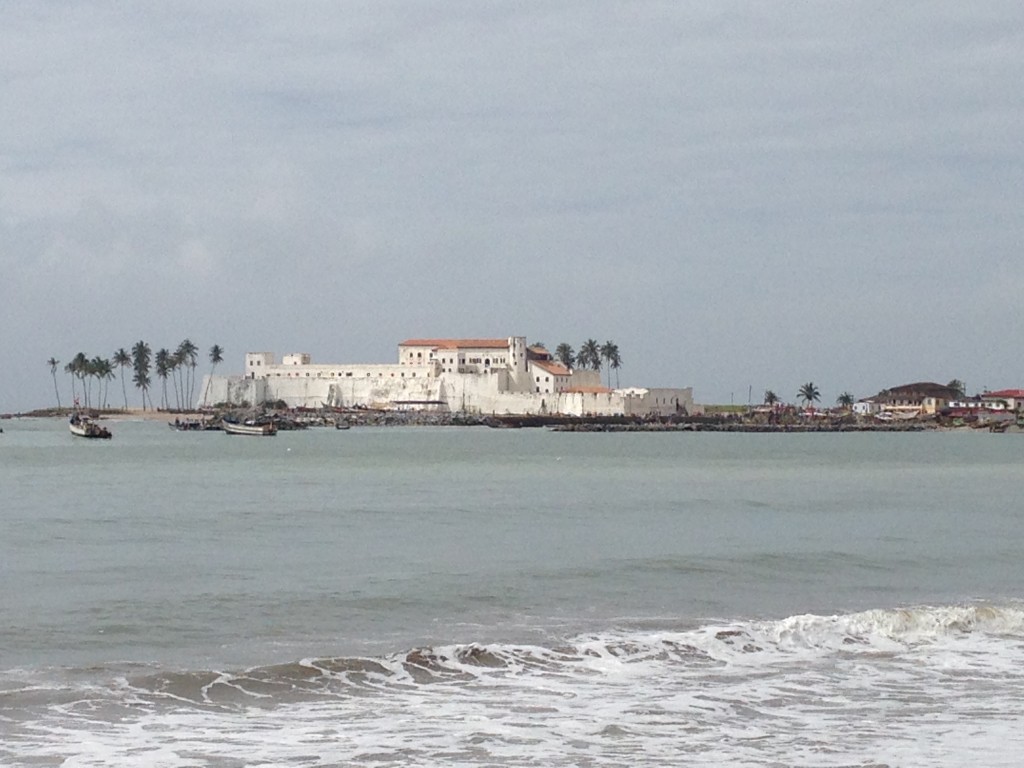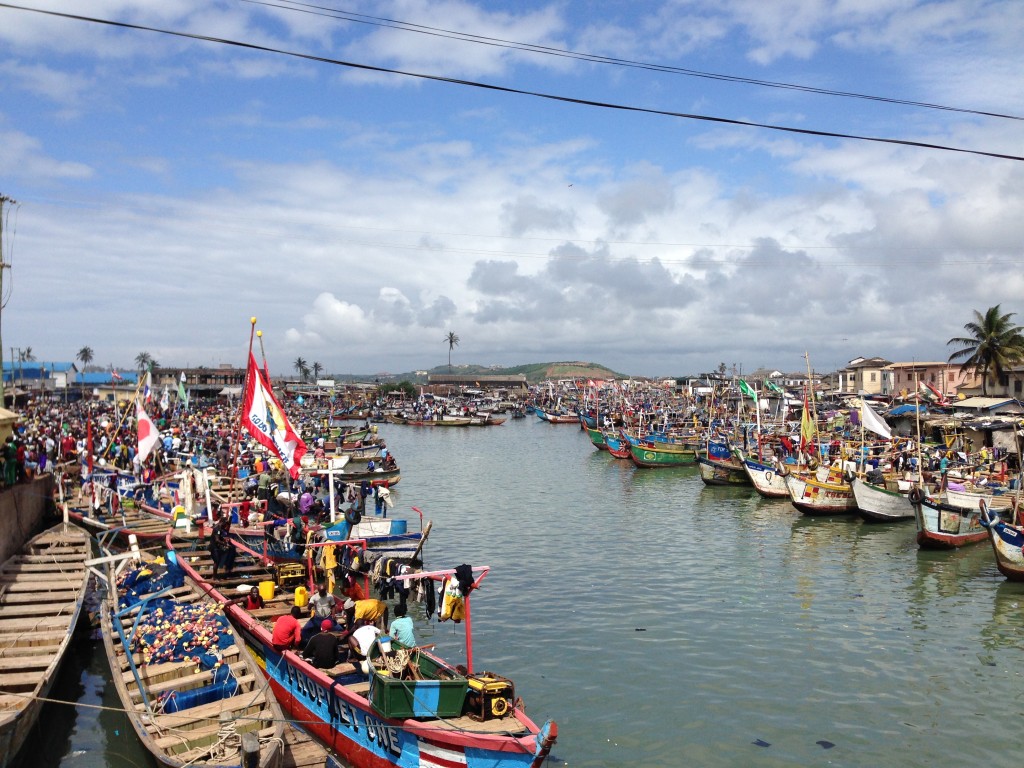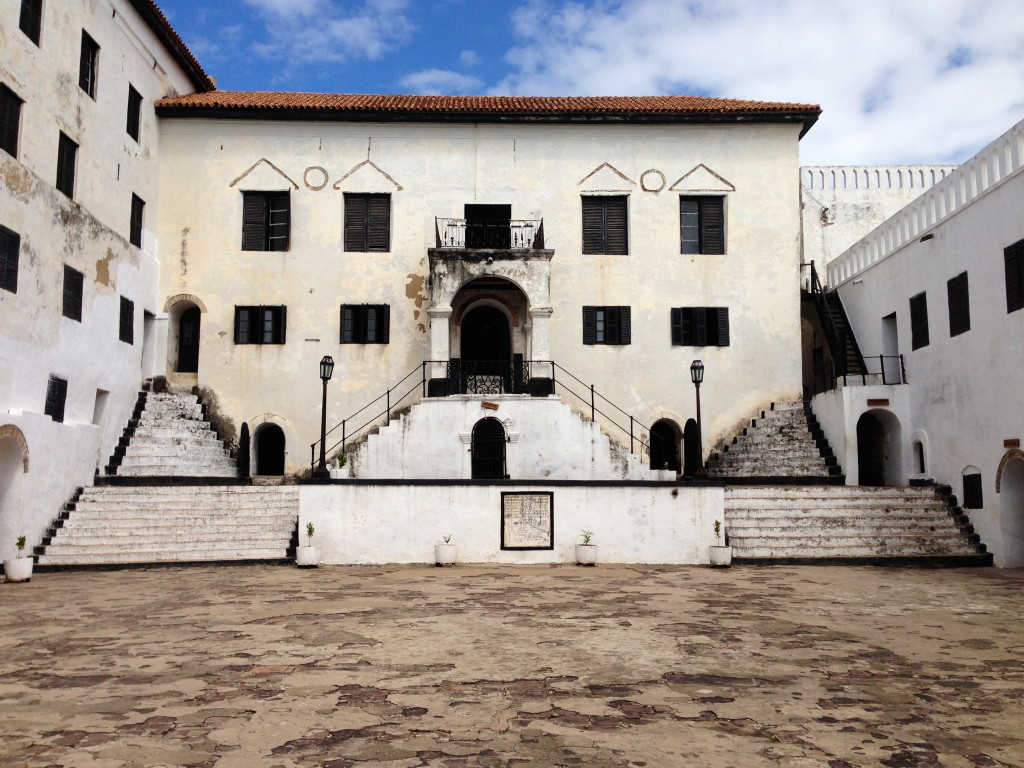What, you’ve never heard of the Diefenbunker? Well, despite many many trips to Ottawa lately, I hadn’t either until the friend I was staying with mentioned it this weekend. When I heard about it, I knew this was something I had to see. You’d never see something like this in the United States open to the public…ever! Way too many “secrets” that could potentially be exposed. I think the closest I saw was the U.S.S. Pueblo which is currently moored in Pyongyang, North Korea. Even that has been stripped of anything remotely interesting, so a chance to experience this part of Cold War history was super exciting to me!
Correction: Appears the Greenbrier Bunker in West Virginia is now open to the public too – however, no pictures allowed! I know my next weekend trip from D.C.!
So, what is the Diefenbunker? Also known as Canadian Forces Station Carp, it’s a 4-level underground bunker built outside of Ottawa in order to house the Canadian government in case of imminent nuclear attack. Named after the 13th Prime Minister of Canada John Diefenbaker, it was just far enough from Ottawa that it was thought to be safe from the main targets (Parliament Hill, Canadian Forces bases,etc) but close enough that essential members of government could be evacuated there on short notice. Construction began in 1959, and was completed in just a few months. It was never actually activated, but during the Cuban Missile Crisis preliminary steps were taken to make it operational.
According to Wikipedia: “The underground 4-story bunker was capable of withstanding a near-hit from a nuclear explosion. It had massive blast doors at the surface, as well as extensive air filters to prevent radiation infiltration. Underground storage was built for food, fuel, fresh water, and other supplies for the facility which was capable of supporting several hundred people for weeks. A vault was also constructed on the lowest level to hold the gold reserves of the Bank of Canada”
In 1994, after the fall of the Soviet Union, CFS Carp (aka the Diefenbunker) was decommissioned, and in 1998 was re-opened as Canada’s Cold War museum. You can tour the entire site, and many parts are just as they were left in the 60s and 70s. After purchasing a ticket at the kiosk outside, there is a small plaque detailing what the site is:
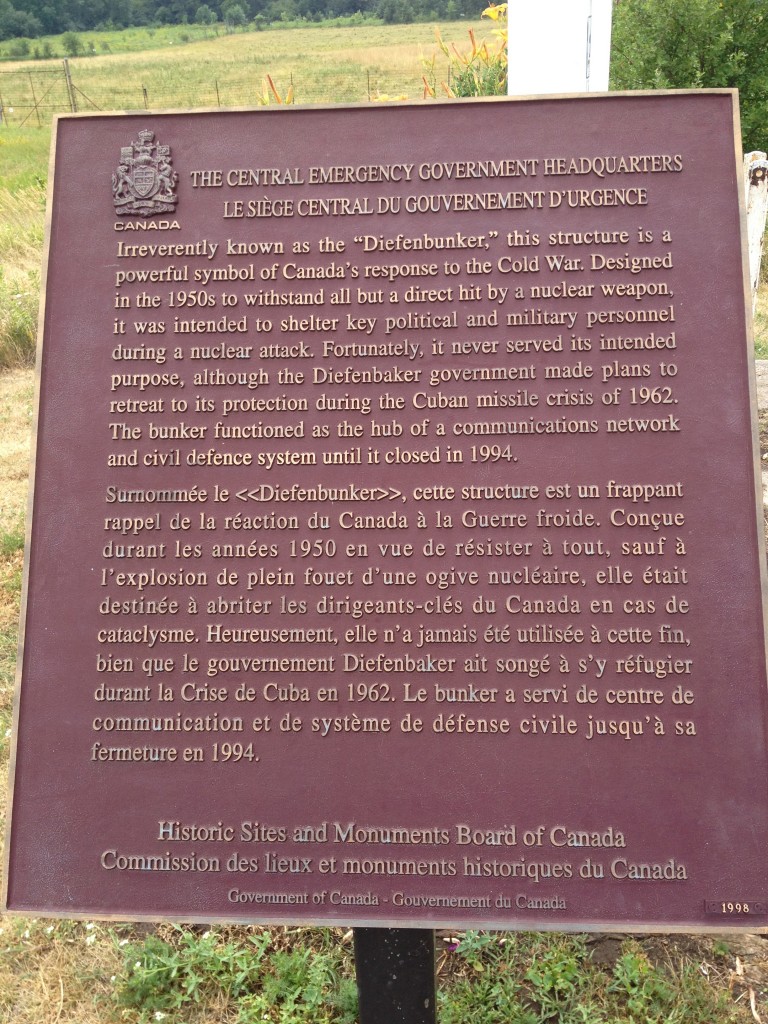
Just past the sign, you enter the building through the massive blast doors:
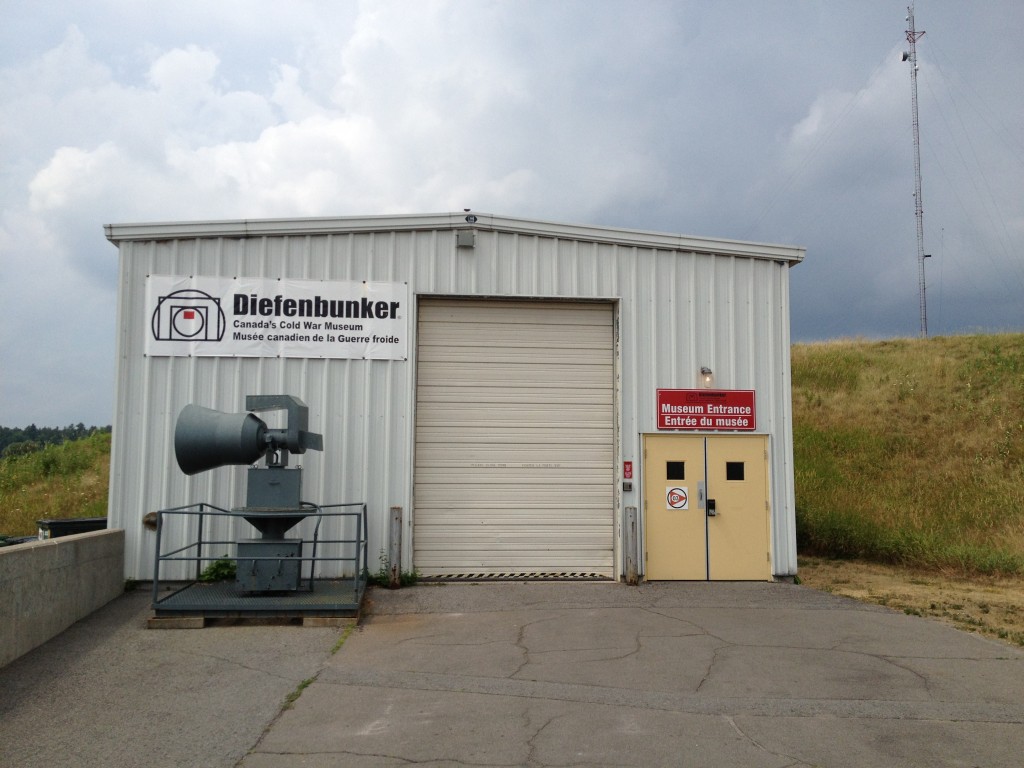
Continue reading »
